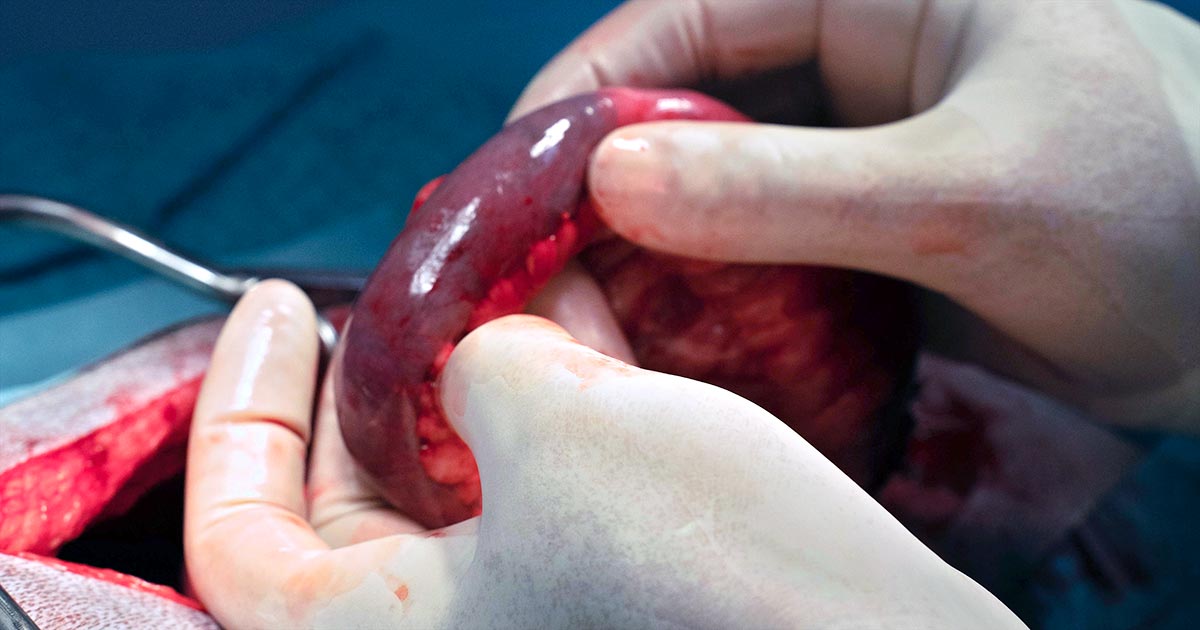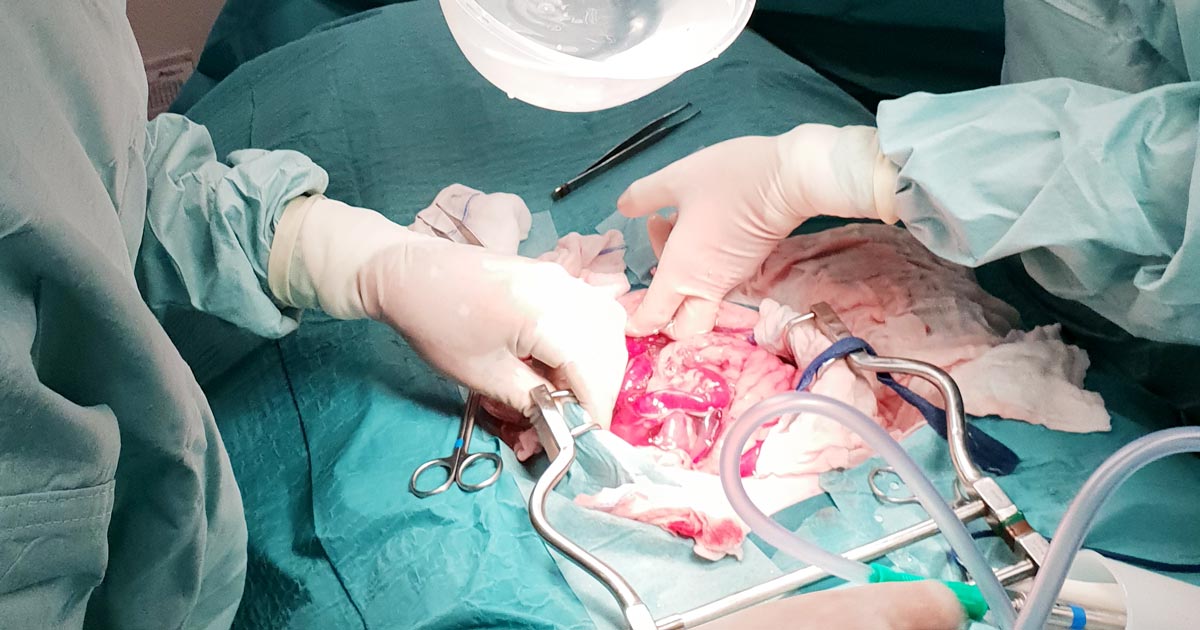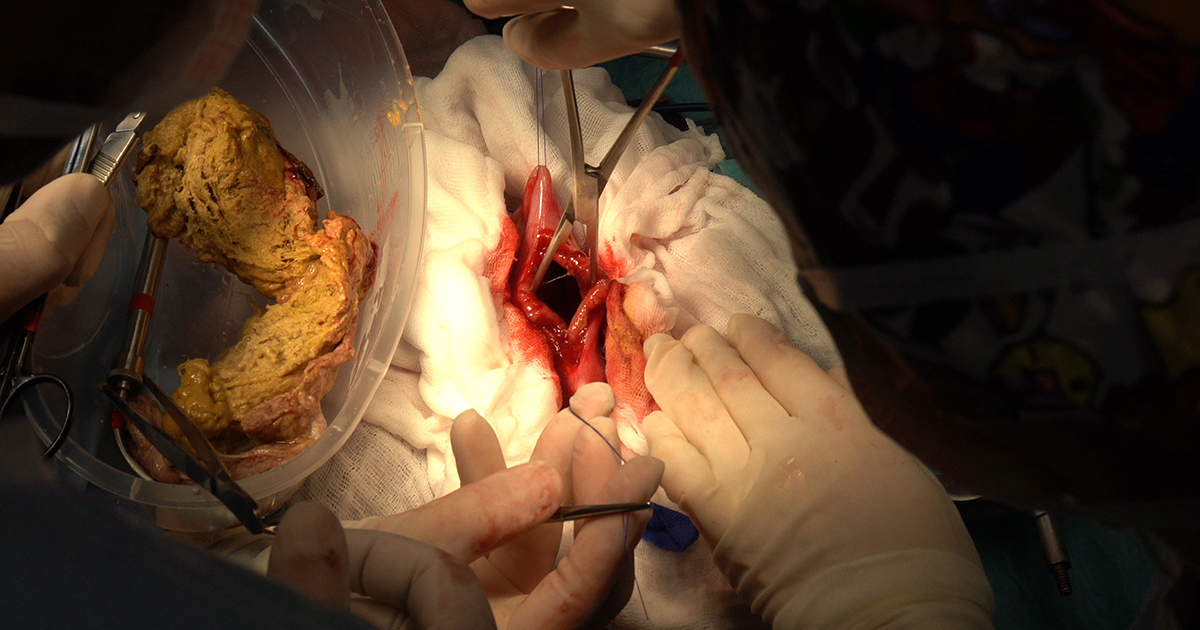Tag: Peritonitis
-

How to do an autotransfusion
—
by
You’re stuck in the clinic in the middle of the night with a dog that is dying – it’s bleeding into its abdomen and needs blood, but the bag in the fridge is expired. You’ve heard it’s possible to collect the blood out of the abdomen and safely give it to the patient, but you’re…
-

Ionised hypocalcaemia, pt 4: controversies and prognostic indications
—
by
Ionised hypocalcaemia (iHCa) is a well-known electrolyte abnormality in critical human patients, which is also beginning to be recognised in our critical feline and canine patients. The exact mechanism for the development of iHCa is still unknown – making prevention difficult, if at all possible. Controversy also exists as to whether treating iHCa is of…
-

To resect, or not to resect…
—
by
To resect or leave in a piece of intestine that is concerning you is a common source of stress when performing exploratory laparotomies. In many cases, this is straightforward; in some, it can be difficult to decide. The risk is if you leave in a piece of intestine and it devitalises, then leakage of intestinal…
-

Leave no stone unturned
—
by
Although I have lots of clinical experience and have developed my diagnostic skills to a high level, at times I will be thrown a curveball, so I should never get complacent. The more unusual cases are the ones I tend to enjoy most, as they really get my brain working and force me to look…
-

Christmas dangers
—
by
Christmas can be a busy time for vet clinics, so here is a list of common intoxications and conditions to keep an eye out on during the festive period. Chocolate Numerous online calculators can determine whether a toxic dose has been consumed and they are a great place to start. I always perform emesis in…
-

All hands on deck: GDV diagnosis
—
by
Gastric dilatation-volvulus (GDV) is a true veterinary emergency and while it can be daunting to be presented with a sick dog with suspected GDV, the most important thing to remember is this patient will likely succumb to this condition without your intervention. First, a little pathophysiology: GDV is a broad term that can refer to…
-

Linear foreign bodies, part 3: should YOU take it to surgery?
—
by
In the previous post we covered what to look out for on ultrasound when assessing for a linear foreign body. Now we discuss the things you should consider before deciding to take the patient to surgery. Read the following statements and answer the questions – either yes or no… Linear foreign body surgeries can be…
-

AFAST, part 1
—
by
AFAST = Abdominal Focused Assessment with Sonography for Trauma In the emergency setting, focused ultrasound examinations are increasingly being used as extensions of the physical examination. The goal is the identification of life-threatening conditions – such as internal bleeding or organ rupture – but can also assist in tracking conditions over a period of time.…